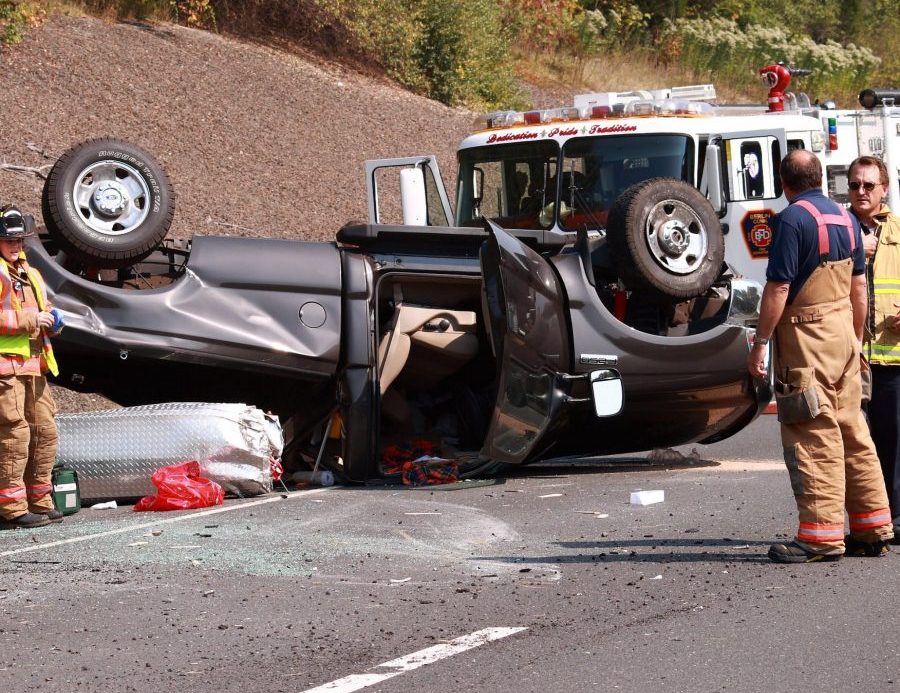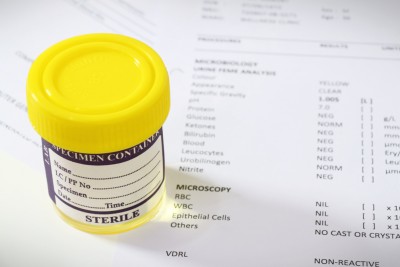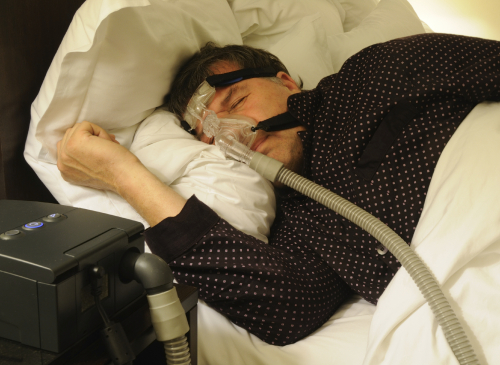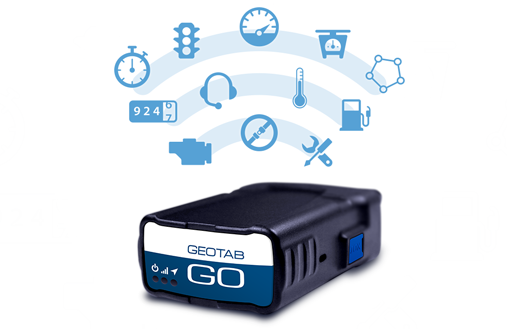
NTSB’s ‘Most Wanted List’ likely to push truck automation, sleep apnea, drug testing, and ELDs in 2017-2018
posted in Alerts by Brian Gray
NTSB’s ‘Most Wanted List’ likely to push truck automation, sleep apnea, drug testing, and ELDs in 2017-2018
Every two years, the National Transportation Safety Board (NTSB) releases its “Most Wanted” list, a two year road map from lessons learned to lives saved in transportation.
Established in 1967, the NTSB is an independent federal agency focused on transportation safety improvements that investigates accidents, determines their probable cause, and recommends ways to prevent them from happening again.
NTSB is charged with investigating every civil aviation accident in the United States as well as significant accidents in other modes of transportation, including highway, marine, pipeline and hazardous materials, and rail. The Board’s five members are nominated by the President and confirmed by the Senate.
After establishing this most wanted list, what happens next?
After the NTSB releases its list, the board enlists the forces of government, industry and the public to achieve its goals. The board’s stated priorities are not required to be implemented. In addition, research must be completed to determine the best ways to potentially implement each recommendation.
According to the National Highway Traffic Safety Administration (NHTSA), highway fatalities increased by 7.2% from 2014-2015. Additionally, in the first half of 2016, the organization found a 10.4% increase vs. the first half of 2015 in motor vehicle deaths. As truck drivers understand all too well, safety on the road is of utmost importance.
NTSB’s 2017-2018 Most Wanted List
Below are seven transportation safety improvements directed towards highway transportation:
Increase Implementation of Collision Avoidance Technologies


Current technological development has moved to and is generally available now for “level 3” truck automation as evidenced by developments in vehicle-to-vehicle machine communication and crash avoidance systems.
NTSB has highlighted collision avoidance technologies for the next two years. According to NTSB, transportation operators must always walk a demanding line of alertness and vigilance, but collision avoidance technologies can provide a lifesaving safety net.
Technologies such as collision warning and autonomous emergency braking in highway vehicles and positive train control in trains will result in fewer accidents, fewer injuries, and fewer lives lost.
NTSB wants the technologies that are already available today to be implemented today.
End Alcohol and Other Drug Impairment in Transportation


NTSB says that every transportation death caused by alcohol or other drug impairment is preventable and to end the epidemic of impairment in transportation, we must pass and enforce laws and educate the public.
As everyone is well aware, the DOT Clearinghouse rule is published and is coming online in 2020 and the DOT is wanting to add 4 common opioids to urine drug testing screens that may increase positive rates by an additional 1%, effectively keeping the random pool of drivers to be tested from 25% currently to 50% for the foreseeable future.
Reduce Fatigue-Related Accidents


Some regulations in the pipeline to answer this call include the Sleep Apnea rule, likely to be killed by the Trump Administration, and the 34 hour restart rule, likely to stay as is during this administration.
Require Medical Fitness
Operators, maintenance personnel, and other safety-critical transportation professionals must be medically fit to keep the public safe.
NTSB is calling on company owners and government regulators to develop policies to ensure that safety-critical personnel are medically fit for duty, and transportation professionals have a personal responsibility to ensure their own health and welfare.
Eliminate Distractions
According to the NHTSA, over 8 people are killed and 1,161 are injured in crashes involving a distracted driver in the US. NTBS wants drivers must keep their hands, eyes, and minds focused on operating their vehicle. Ultimately, eliminating distractions in transportation will require changes in regulations as well as in driver and operator thinking and behavior.
This will be interesting to watch as evermore technology in entering the truck cab. Having a training program is a first step in making sure drivers are staying as safe as possible behind the wheel.
Strengthen Occupant Protection
Proper use of seat belts and restraints— specifically for young children, even on airplanes—is key to surviving an accident or crash. But the threat doesn’t end there.
Once passengers survive a crash due to effective occupant protection, it is important they don’t then succumb to post-crash fire or injury caused by structural or debris impacts.
NTSB says that to minimize deaths and injuries in all modes of transportation, occupant protection systems need to be better designed to preserve survivable space and ensure ease of evacuation.
Expand Recorder Use to Enhance Safety


This includes the ELD mandate that will go into effect Dec 2017 as well as video recording devises, and other technologies that might collect data that could be used to prevent accidents in the future.
For the full list of recommendations for all modes of transportation (rail, aviation, marine, etc), click here: https://www.ntsb.gov/safety/mwl/Documents/2017-18/MWL-Brochure2017-18.pdf
automated driving DOT drug testing eld ntsb sleep apnea trucking safety








